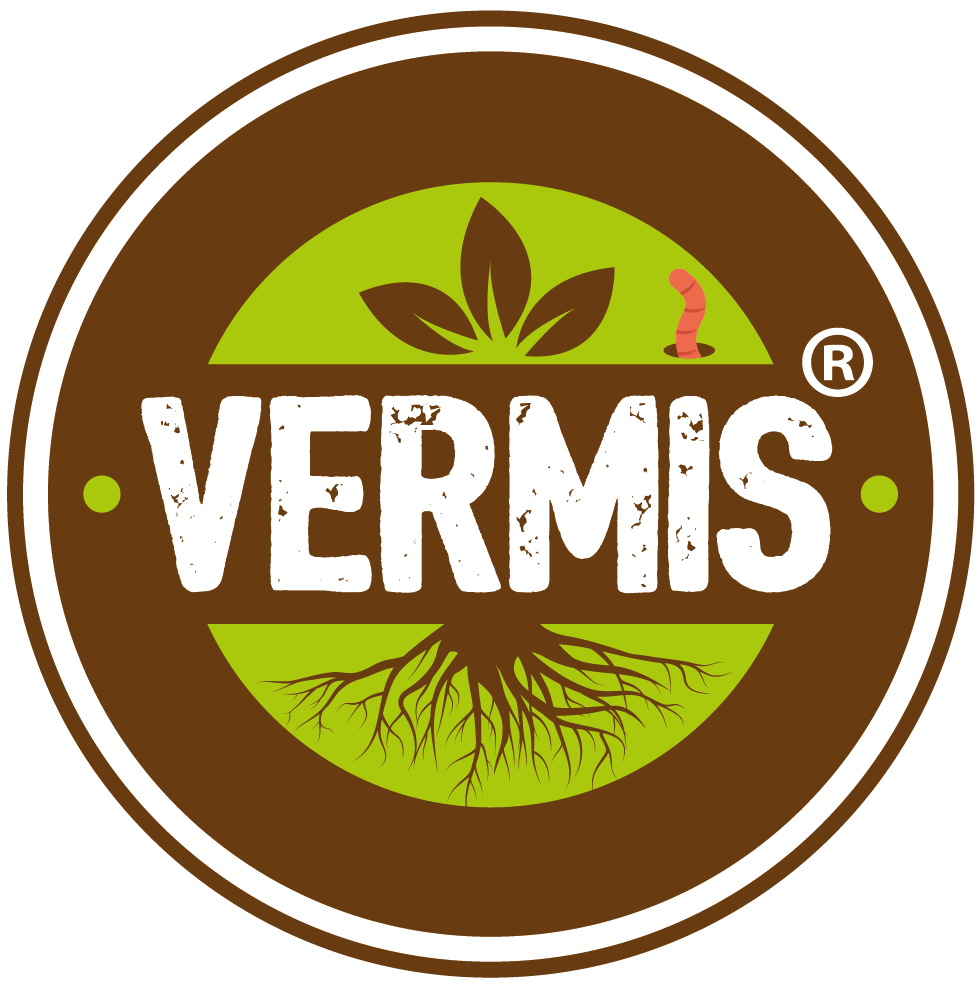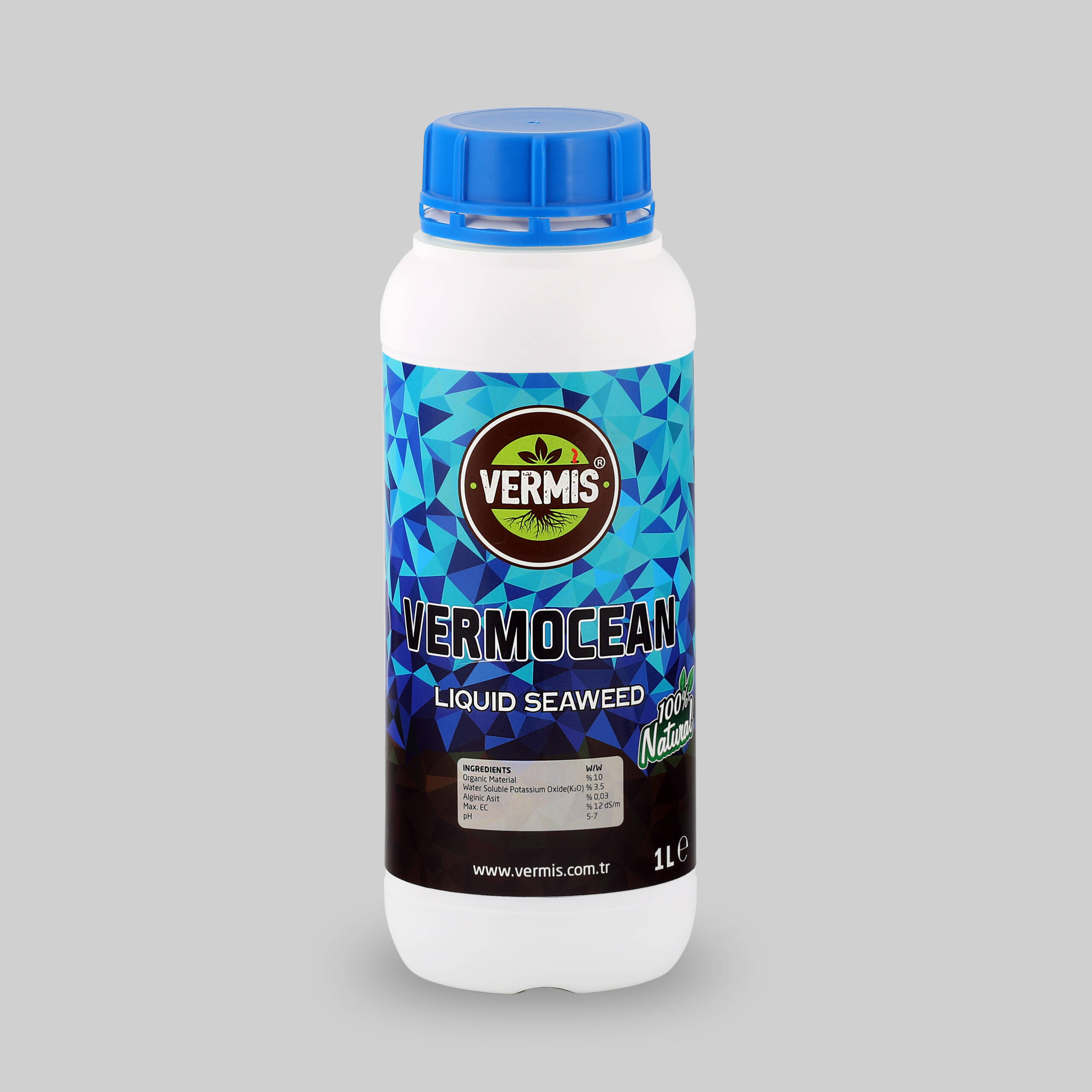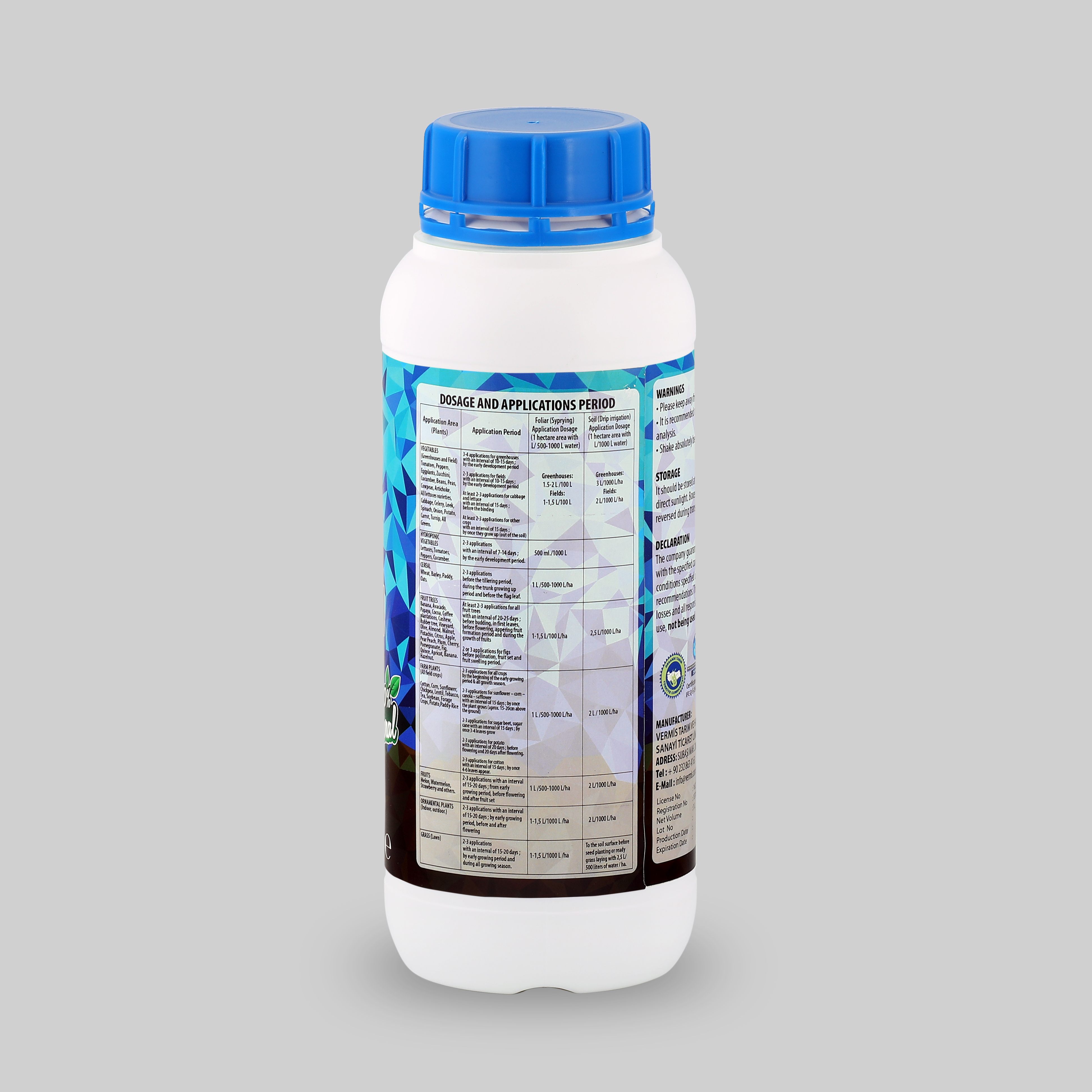
Vermocean
|
Application Area (Plants)
|
Application Period
|
Foliar (Syprying) Application Dosage 1 hectare area with L/ 500-1000 L water) | Soil (Drip irrigation) Application Dosage (1 hectare area with L/ 1000 L water) |
| VEGETABLES (Greenhouses and Field) Tomatoes, Peppers, Eggplants, Zucchini, Cucumber, Beans, Peas, Cowpeas, Artichoke, All lettuces varieties, Cabbage, Celery, Leek, Spinach, Onion, Potato, Carrot, Turnip, All Greens. | 3-4 applications for greenhouses with an interval of 10-15 days; by the early development period 2-3 applications for fields with an interval of 10-15 days; by the early development period At least 2-3 applications for cabbage and lettuce with an interval of 15 days; before the binding At least 2-3 applications for other crops with an interval of 15 days; by once they grow up (out of the soil) | Greenhouses: 1,5-2 L /1000 L Fields: 1-1,5 L/1000 L | Greenhouse: 3 L/1000 L/ha Fields: 2 L/1000 L/ ha |
| HYDROPONIC VEGETABLES Lettuces, Tomatoes, Peppers, Cucumber. |
2-3 applications with an interval of 7-14 days; by the early development period. | 500 ml./1000 L | |
| CEREAL Wheat, Barley, Paddy, Oats. | 2-3 applications
before the tillering period, during the trunk growing up period and before the flag leaf. |
1 L /500-1000 L/ha | |
| FRUIT TREES
Banana, Avacado, Papaya, Cocoa, Coffee plantations, Cashew, Rubber tree, Vineyard, Olive, Almond, Walnut, Pistachio, Citrus, Apple, Pear Peach, Plum, Cherry, Pomegranate, Fig, Quince, Apricot, Banana. Hazelnut. |
At least 2-3 applications for all fruit trees
with an interval of 20-25 days ; before budding, in first leaves, before flowering, appering fruit formation period and during the growth of fruits 2 or 3 applications for figs before pollination, fruit set and fruit swelling period. |
1-1,5 L/100 L/ha | 2,5 L/1000 L/ha |
| FARM PLANTS
(All field crops) Cotton, Corn, Sunflower, Chickpea, Lentil, Tobacco, Tea, Soybean, Forage Crops, Potato,Paddy-Rice |
2-3 applications for all crops
by the beginning of the early growing period & all growth season. 2-3 applications for sunflower – corn – canola – safflower with an interval of 15 days ; by once the plant grows (aprox. 15-20cm above the ground) 2-3 applications for sugar beet, sugar cane with an interval of 15 days ; by once 3-4 leaves grow 2-3 applications for potato with an interval of 20 days ; before flowering and 20 days after flowering. 2-3 applications for cotton with an interval of 15 days ; by once 4-6 leaves appear. |
1 L /500-1000 L/ha | 2 L / 1000 L/ha |
| FRUITS
Melon, Watermelon, Strawberry and others. |
2-3 applications
with an interval of 15-20 days ; from early growing period, before flowering and after fruit set |
1 L /500-1000 L/ha | 2 L/1000 L/ha |
| ORNAMENTAL PLANTS
(Indoor, outdoor.) |
2-3 applications
with an interval of 15-20 days ; by early growing period, before and after flowering |
1-1,5 L/1000 L /ha | 2 L/1000 L/ha |
| GRASS (Lawn) | 2-3 applications
with an interval of 15-20 days ; by early growing period and during all growing season. |
1-1,5 L/1000 L /ha | To the soil surface before seed planting or ready grass laying with 2,5 L/ 500 liters of water / ha. |
The use of biostimulants has been increasing rapidly in recent years and plays an active role in making it more quality and sustainable with high efficiency in the agricultural farming products.
Biostimulants are products that increase the nutrient intake and product quality while reducing the need for fertilizers in all the plants they are applied to, reduce the negative pressure created by multiple stress conditions, have a direct positive contribution, and contain qualified and organic-containing molecules.
Amino acids and seaweeds are among the most effective and preferred biostimulants, which make all other molecules used for a healthy development more useful by regulating the physiological balances created by external and internal conditions of the plants.
The use of inorganic and inorganic compounds such as humic-fulvic acid, chitosan, beneficial bacteria, selenium and cobalt is rapidly increasing worldwide. Amino acids play an active role in meeting the needs of all plants at their weakest growth periods.
The amino acids taken up by the roots and stoma work as the basic cell doctrine involved in protein synthesis in plants. Glycine and Glutamic acid, which are among the most important amino acid types, are among the basic metabolites in the process of forming plant tissue and chlorophyll synthesis. These amino acids directly increase the chlorphile synthesis in all plants, resulting in the formation of brighter, greener plants and a healthy physiological structure with high rates of photosynthesis. Glycine and Glutamic acid are amino acid types with the highest level of chelating ability. Therefore, it increases the absorbe and benefit of all nutrients applied together. All amino acids, of which 20 types in total, are also activators of phytohormones and growth hormones. Auxin is one of the most important herbal hormones affecting development by controlling cell division, elongation and the desire to turn to sunlight in all plants. Cytokinin is another hormone that occurs when cells divide by auxins. This has different physiological functions in all plants such as new shoot, trunk and root development.
Vermocean, which contains all these most important amino acid types, all plant hormones and seaweed, with a different content and innovative organic molecule compounds in multiple mixtures, is successfully and safely used in every period of plants with its low pH value, which is considered compatible. Vermocean, which is produced using Ascophyllum nodosum seaweed, known as the best and obtained from the depths of the northern hemisphere, contains innovative organic molecules obtained from alginic acid, polysaccharide-olisaccharides and red shellfish in a special mixture. Vermocean contains more than all known similar seaweed products and is a special product produced by nanotechnology, with a rich content with multiple molecules. It works at the atomic and molecular level in all plants, all of which can be quickly taken from stoma and roots, a highly effective liquid seaweed.



